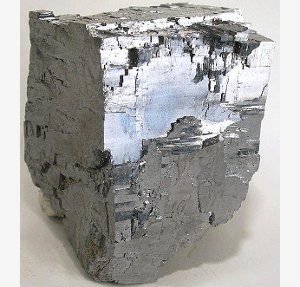
|
SuperTeacherTools |
|

|

|
B. They move faster
Xenon and Fluorine
a. Decreases
Copper, Sulfur, and Oxygen
X = Gas
Y = Solid
Z = Liquid
Calcium and Chlorine
Carbon and Oxygen
increases
Protons = positive
Electrons = negative
Neutrons = neutral (no charge)
a. protons, neutrons, and electrons
Near the speed of light
99%
Temperature (energy) Changes
Heat/Cooling
Protons and Neutrons
C. The melting of ice and evaportation of water
C. is mostly empty space
Less than 1%
B. an electron
Protons and electrons
They vibrate back and forth in one place.
Gas, Liquid, Solid
Electrons travel in 3D paths in the electron clouds.
Silver, Nitrogen, and Oxygen
Solid and liquid
Plasma
How do the molecules of a solid move?

How fast do electrons move?

About how much mass is in the electron cloud?
What are the charges of the particles in an atom?

What are the elements in:
CO2
In which two phase changes involving water does the motion of water molecules INCREASE?
What two states of matter do not change volume?

What are the elements in:
CaCl2
Which particles determine an atoms charge?
What is the most common state of matter in the universe?
What are the elements in:
2AgNO3
When a substance changes from a solid to liquid to gas, the molecular motion...

What kinds of particles make up an atom?
List the states of matter in DECREASING molecular motion
What are the elements in:
CuSO4
When energy is taken away, molecular motion...
What are the elements in:
XeF4
The nucleus accounts for approximately what percentage of the total mass of an atom?
How is the path of electron on your models different from an actual atom?
What are the main particles in the nuclus of an atom?
What causes matter to change from one state to another?
Which part of an atom has the least mass?
![]()

![]()
| X | Y | Z |
|
Particles move independently of each other |
Particles vibrate about a fixed point | Particles move past one another |
The electron cloud surrounding the nucleus of an atom...
Silver is a metal that can be melted to form jewelry. As the silver melts, what happens to the atoms that make up the solid?



| Description | Match: | ||||||
What kinds of particles make up an atom?
| a. protons, neutrons, and electrons | ||||||
Which part of an atom has the least mass?
| B. an electron | ||||||
What are the main particles in the nuclus of an atom? | Protons and Neutrons | ||||||
The electron cloud surrounding the nucleus of an atom...
| C. is mostly empty space | ||||||
What are the charges of the particles in an atom?
| Protons = positive Electrons = negative Neutrons = neutral (no charge) | ||||||
How is the path of electron on your models different from an actual atom? | Electrons travel in 3D paths in the electron clouds. | ||||||
About how much mass is in the electron cloud? | Less than 1% | ||||||
The nucleus accounts for approximately what percentage of the total mass of an atom? | 99% | ||||||
Which particles determine an atoms charge? | Protons and electrons | ||||||
How fast do electrons move?
| Near the speed of light | ||||||
How do the molecules of a solid move?
| They vibrate back and forth in one place. | ||||||
When energy is taken away, molecular motion...
| a. Decreases | ||||||
Silver is a metal that can be melted to form jewelry. As the silver melts, what happens to the atoms that make up the solid?
| B. They move faster | ||||||
When a substance changes from a solid to liquid to gas, the molecular motion...
| increases | ||||||
What causes matter to change from one state to another? | Temperature (energy) Changes Heat/Cooling | ||||||
List the states of matter in DECREASING molecular motion | Gas, Liquid, Solid | ||||||
What two states of matter do not change volume?
| Solid and liquid | ||||||
What is the most common state of matter in the universe? | Plasma | ||||||
In which two phase changes involving water does the motion of water molecules INCREASE?
| C. The melting of ice and evaportation of water | ||||||
| X = Gas Y = Solid Z = Liquid | ||||||
What are the elements in: CO2 | Carbon and Oxygen | ||||||
What are the elements in: XeF4 | Xenon and Fluorine | ||||||
What are the elements in: CaCl2 | Calcium and Chlorine | ||||||
What are the elements in: 2AgNO3 | Silver, Nitrogen, and Oxygen | ||||||
What are the elements in: CuSO4 | Copper, Sulfur, and Oxygen |